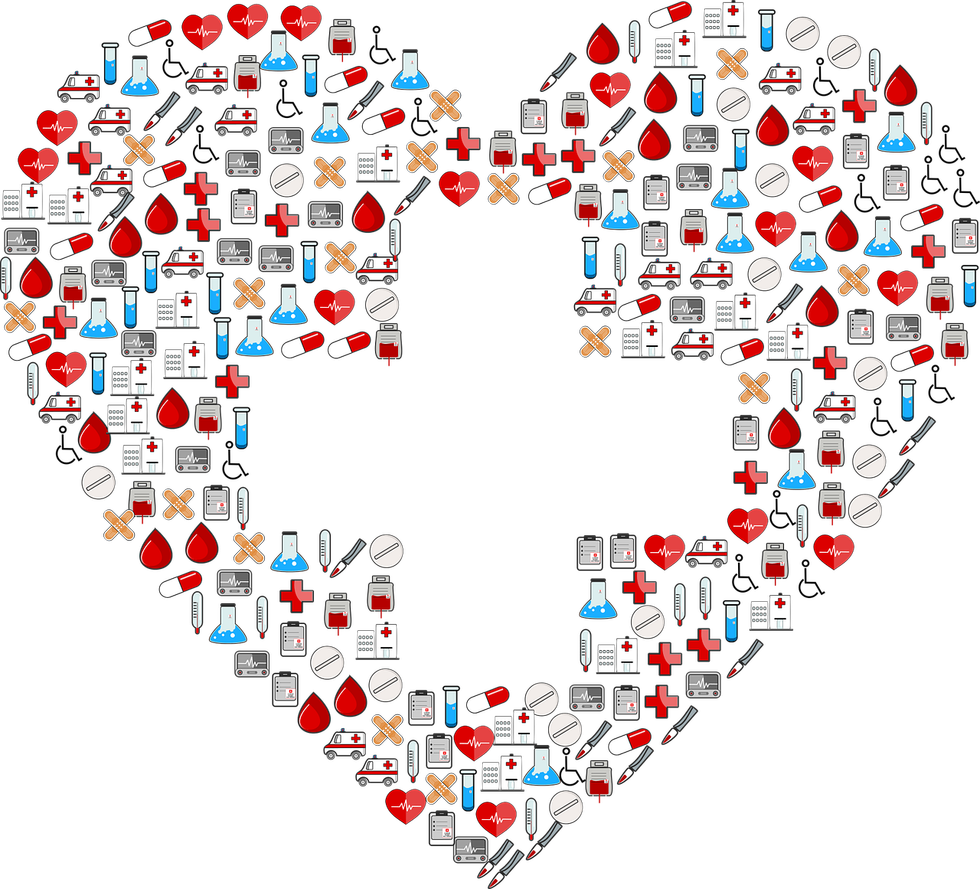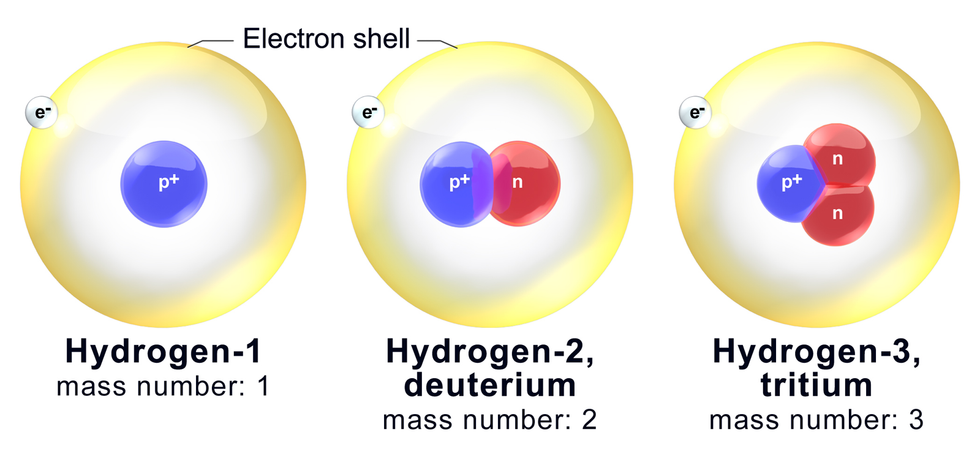A new research breakthrough conducted by Princeton University just changed the pill game, forever.
I'll break it down for you.
Scientists led by chemistry professor David Macmillan at Princeton University’s research center have created an expedited method of testing and sampling radioactive molecules through the usage of blue Led lights. The effects of these light frequencies affect the rate of transformation in the radioactive molecules that cuts the testing time of new drugs from months or years to mere hours. With this innovation, new medication of all varieties including medication for those with sensation and perceptual disabilities can be improved and tested at rates never heard of in the field, with the potential to change the face of pharmacology and safer drug usage in our society.
The average drug or medication takes 12-14 years to test and be pushed into the market, a long time in today's rampant trend of expedited innovation becoming the norm. Cultural and socioeconomic changes that occur in the decade or so between releases of new medication have a huge effect on their success and ultimately fall out of sync, due to previously unchanging timetables. Using blue LED lights and catalysts that respond to light, known as photo-catalysts, this 12-14 year process down to a few months or weeks to finish testing, hours to trace the path of potential medication. The science behind the process is through photo-redox catalysis of molecules, to simulate a trial run for just about any medication sold on the market.
The pills that change the course of the opioid crisis, revolutionize treatments in brain diseases and various entities of mutation, all could be achieved by tomorrow. Grants can now be spread to research exponentially unbound, a low-key modern miracle.
Using what MacMillan calls "heavy water," which replaces the hydrogen (H) in water with tritium, a radioactive version of hydrogen with two extra neutrons or swap in deuterium, a version of hydrogen with only one extra neutron. The reaction uses a photo-redox-mediated hydrogen-atom transfer to replace the hydrogen atoms in C–H bonds in the molecules with deuterium or tritium. The compound is then placed in a vial and placed under close lumination by a blue LED light, and this light reaction is what compounds the trial time of the drug. Suddenly, attaching one of these atomic labels takes hours instead of months, and the technique works on many kinds of frequently used compounds. With this process, the once costly and resource-intensive process of old is no longer needed, opening the door to isotopic labeling for further advancement, without the overwhelming necessity of radioactive tags.
The cost difference involved in the process alone is worth noting, with research now taking a fraction of the time, with researcher’s trial running on a library of 13 pharmaceutical drugs and demonstrate similar functions for the photo-redox-mediated tritium solution. In this case, I obviously wouldn’t need to compare the costs across traditional drug testing processes and this new LED-based solution, though one can expect a steady rise in new pharmaceutical compounds being tested and shipped out for sale, though that isn’t exactly a bad thing. Allowing for expedited drug testing means not only more drugs being pumped into the market but better drugs being pumped into the market, and with the widespread available usage of this light testing process, just about any drug for any form of the perceptual or sensational disorder is able to be tested and used within a few days. Drugs never thought possible, understanding the way certain drugs affect our perception and brain chemistry is much feasible now.
Personally, I found this to be beautifully dull on numerous levels, mainly because of its simplified terms like photo-redox-mediated deuterium as well as its obvious intention to reach the average individual not lurking on science daily, daily. Overall, a tough read for good intentions, if you may muster the grit. I feel like society is at the tip of the iceberg, and this meaning one of two things: either at the beginning of our better days in Tomorrow-morrow land or the tipping point to our own self-anointed savagery. Or maybe it's me that just has interest in pointless, irrational biopics, or maybe it's society. Maybe its Trump and lackeys, hell maybe it's you. Though I doubt it's you if you made it this far, so kudos.
If you have more interest in the topic, I'll paste a link in the comment section below to both the journal review as well as a link to Science Daily, they're some cool cats.






















